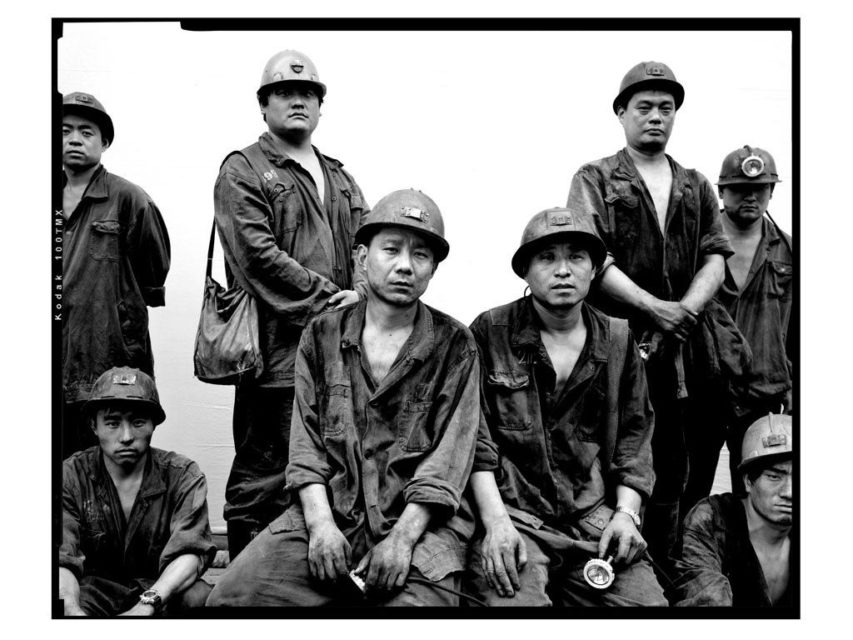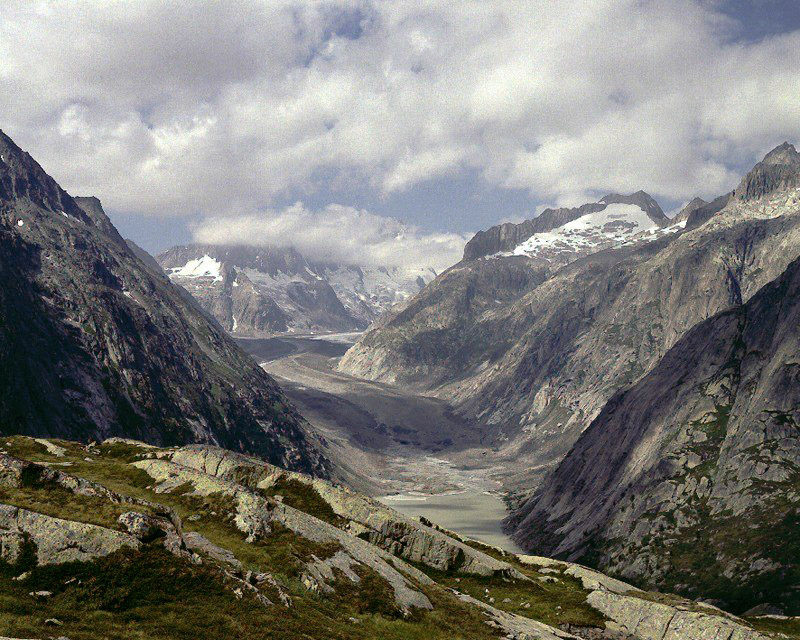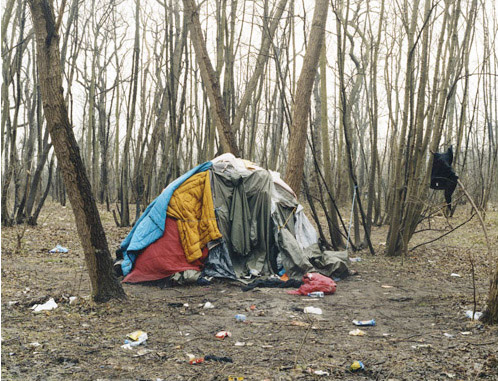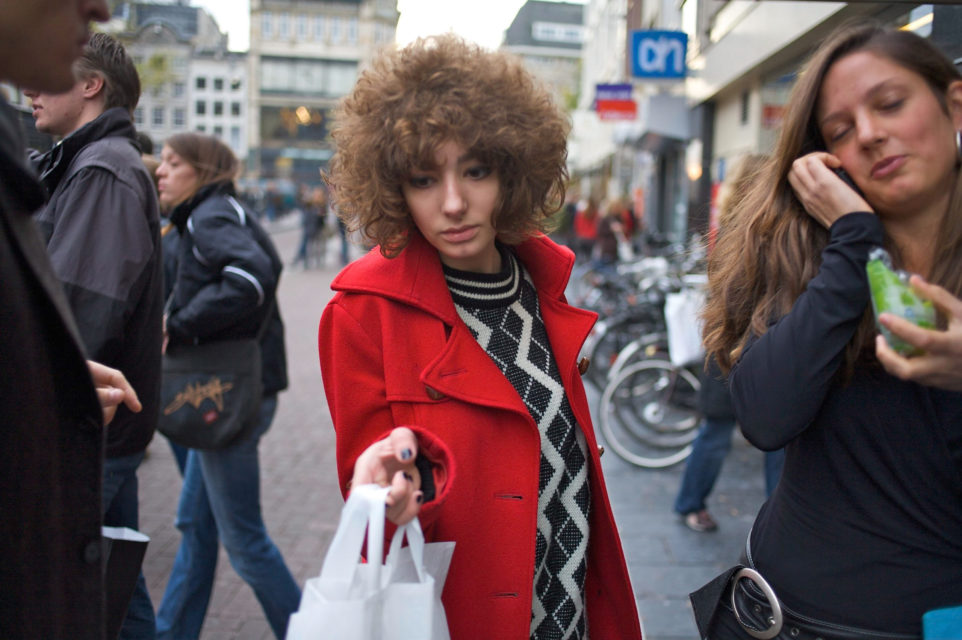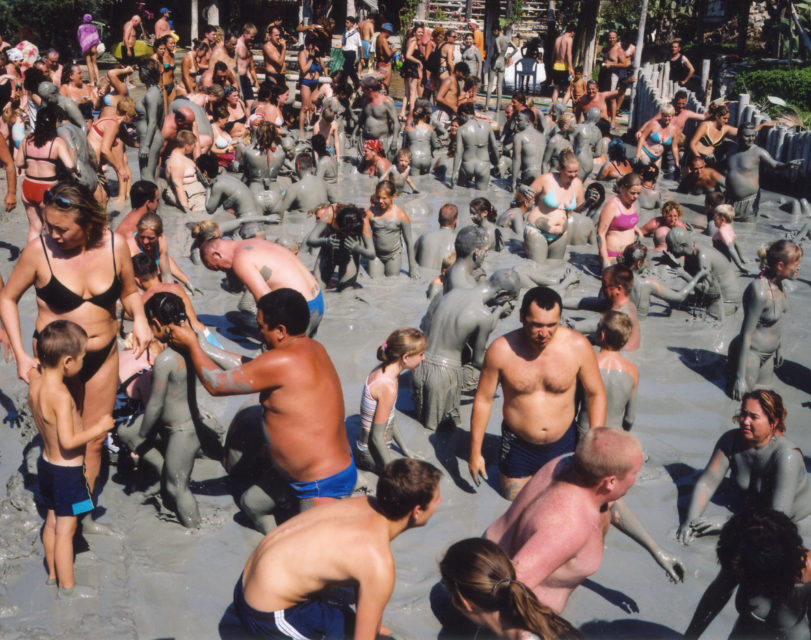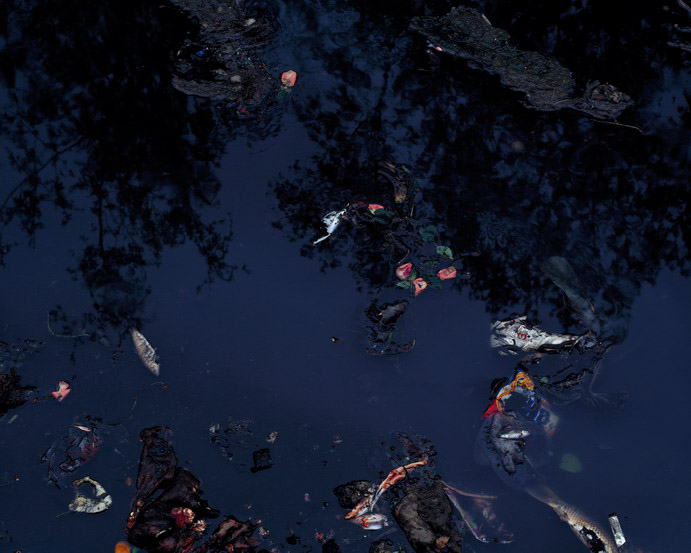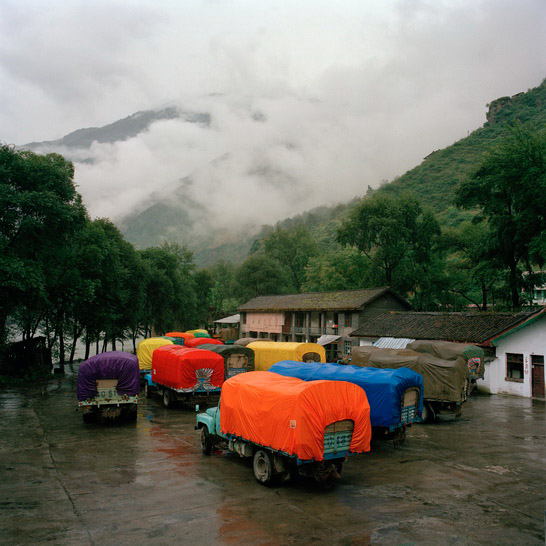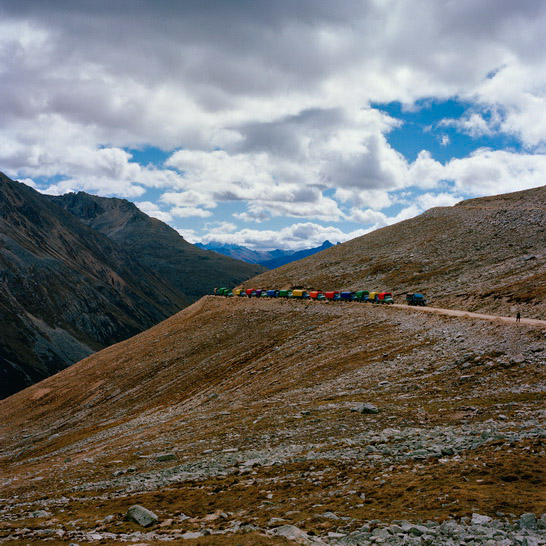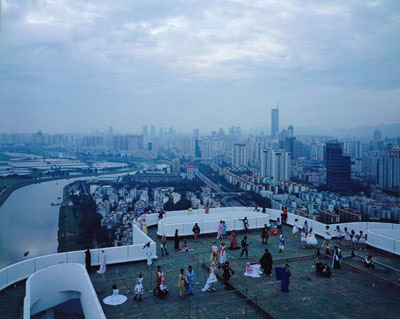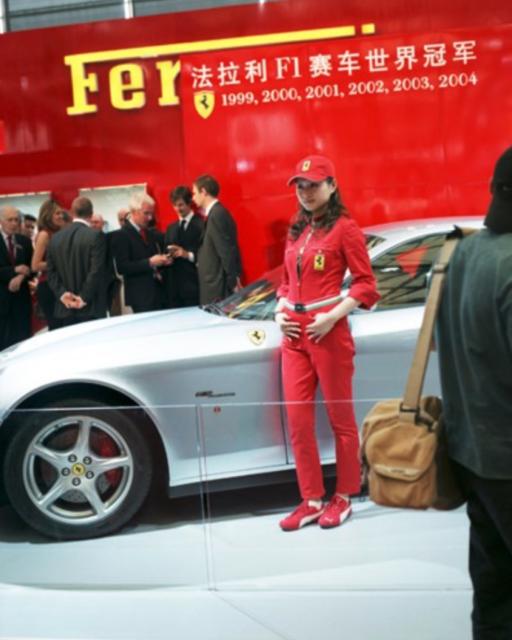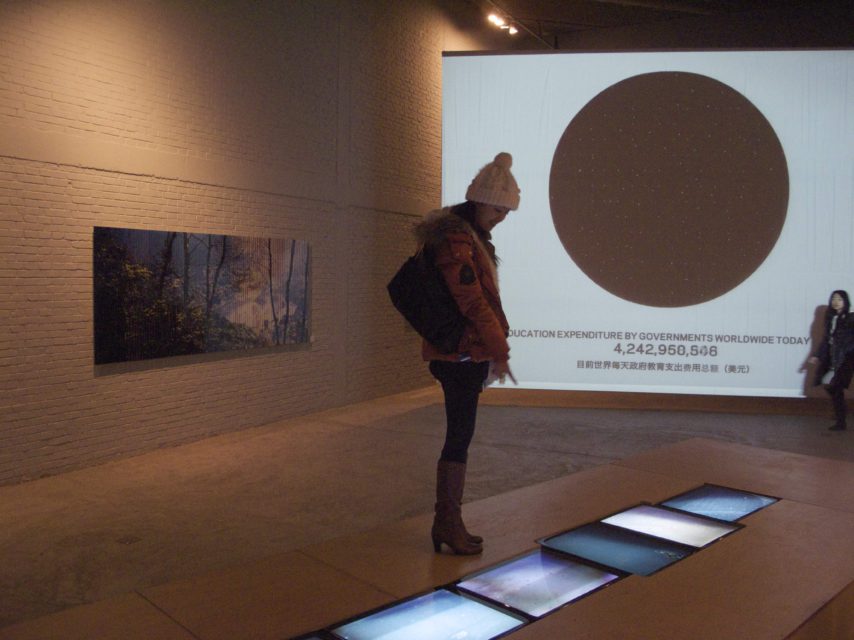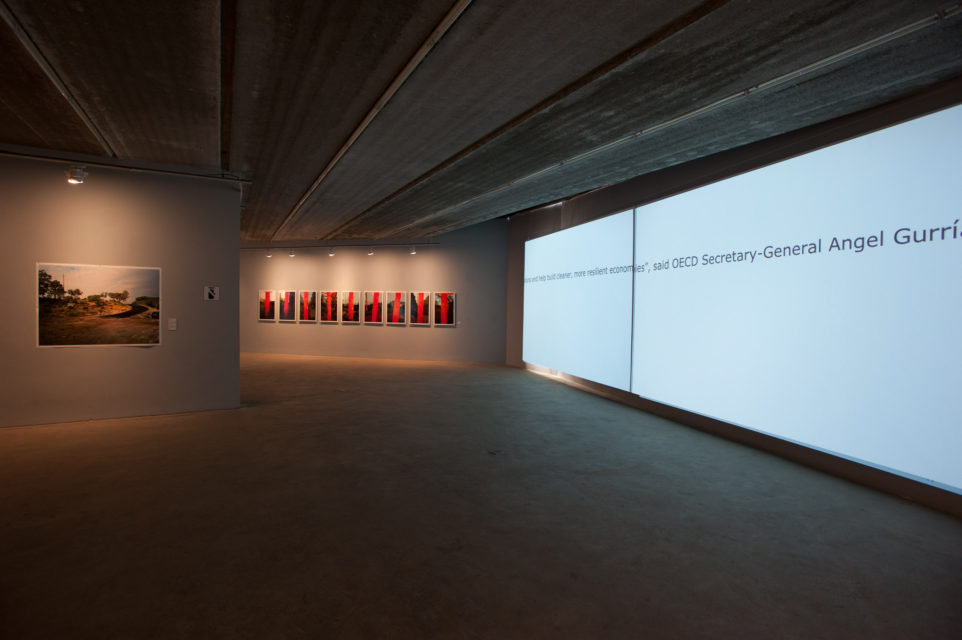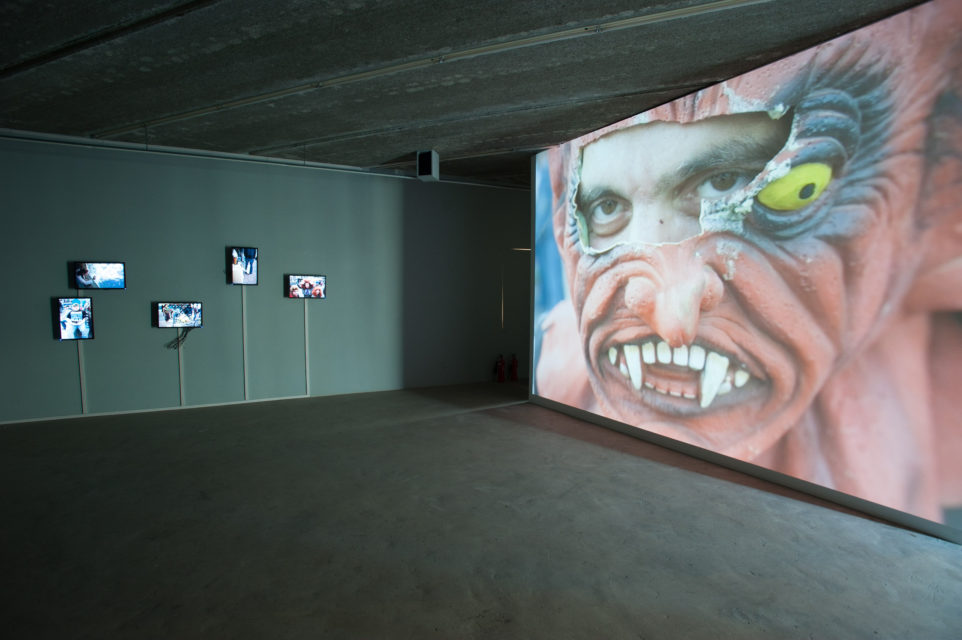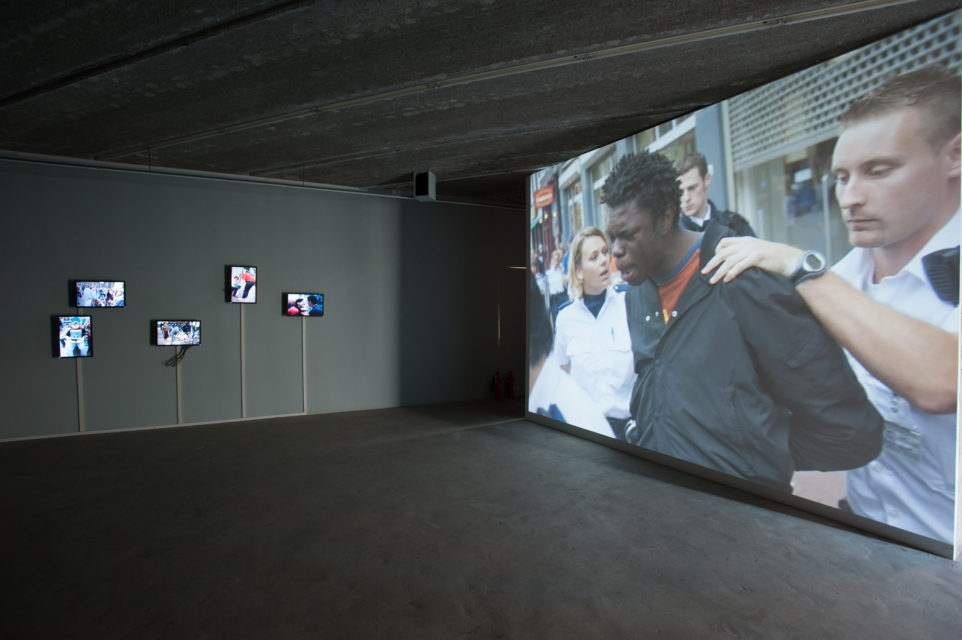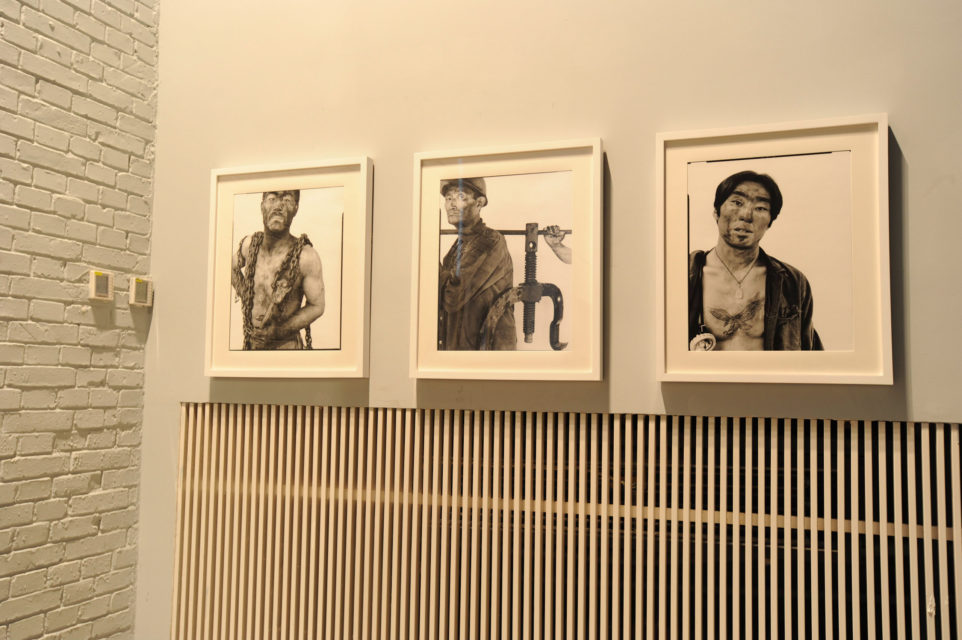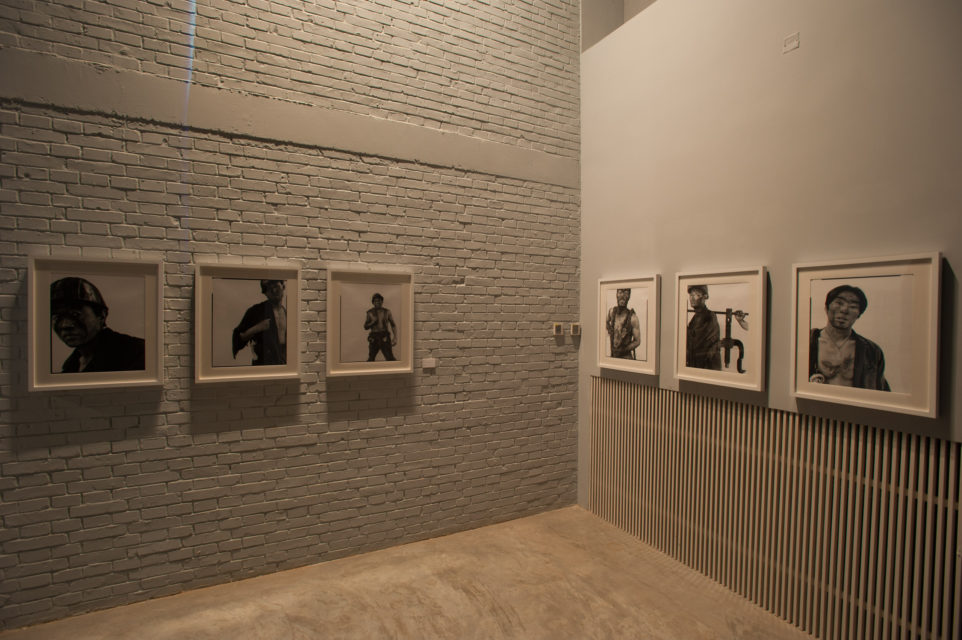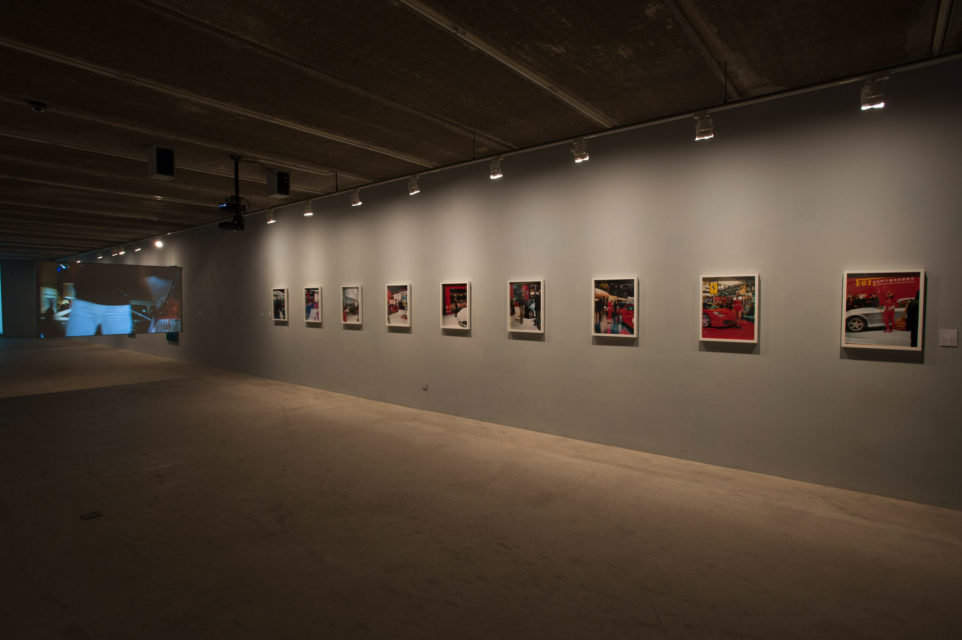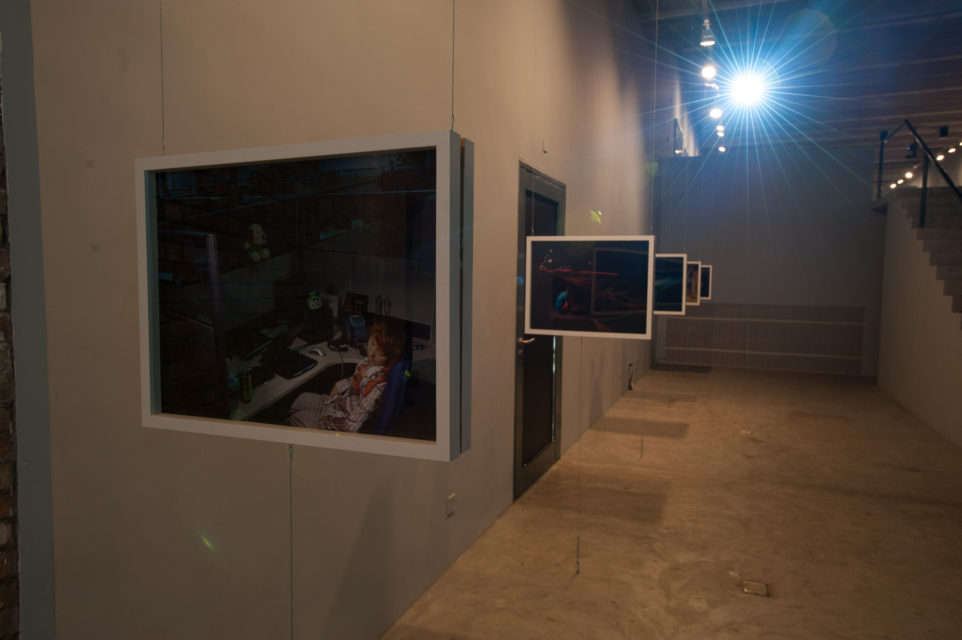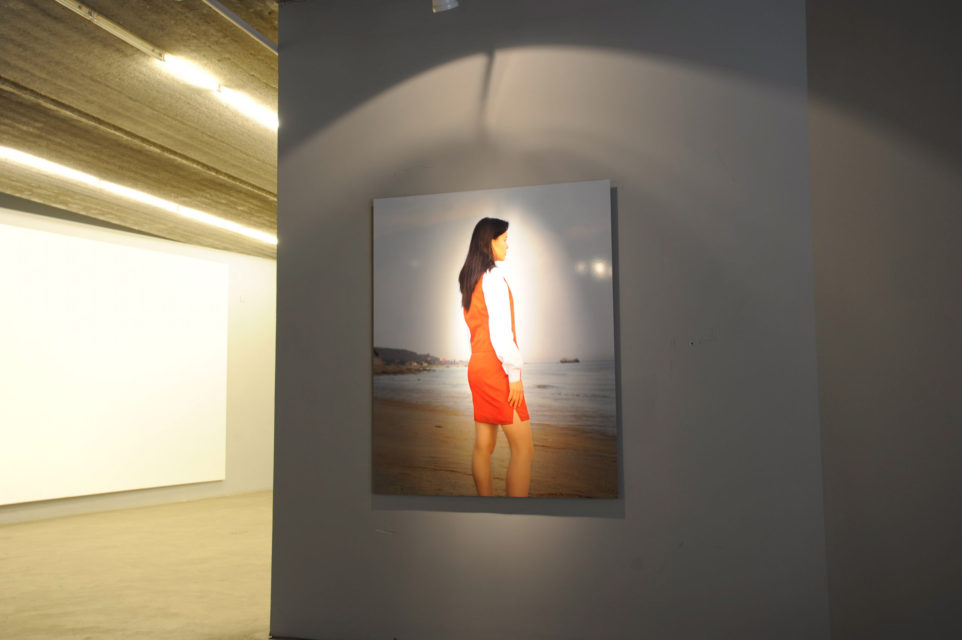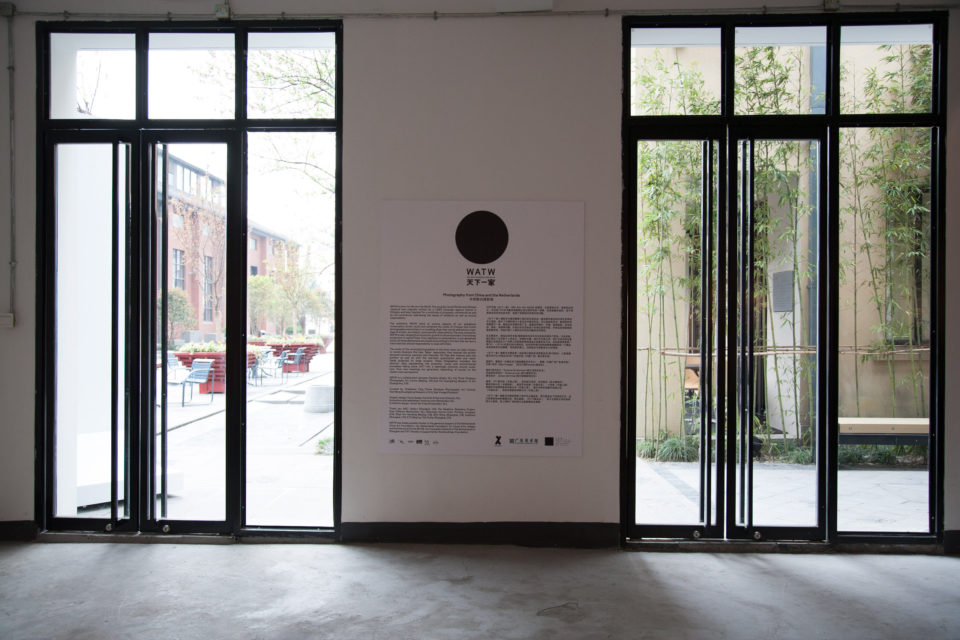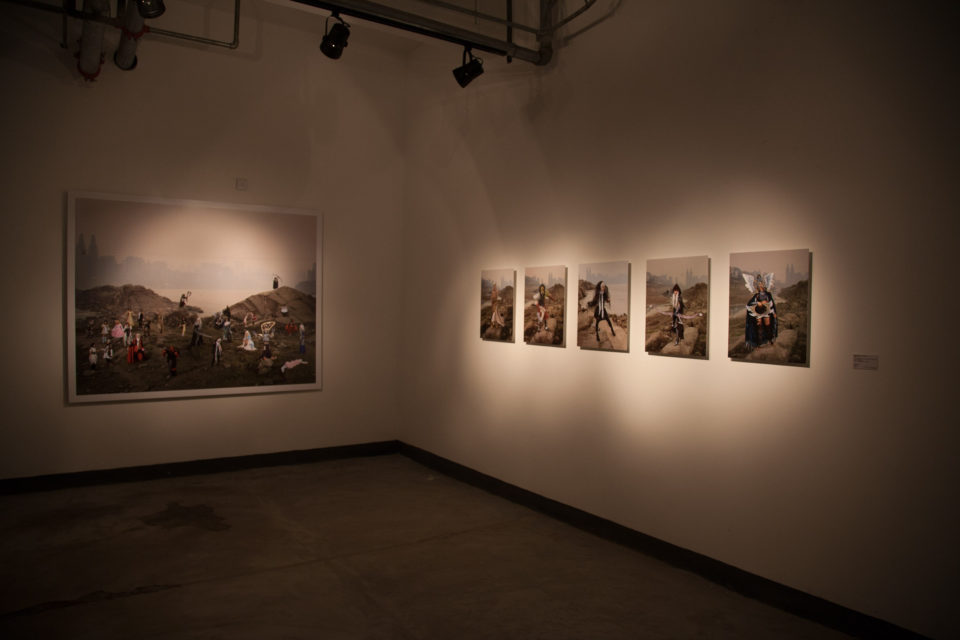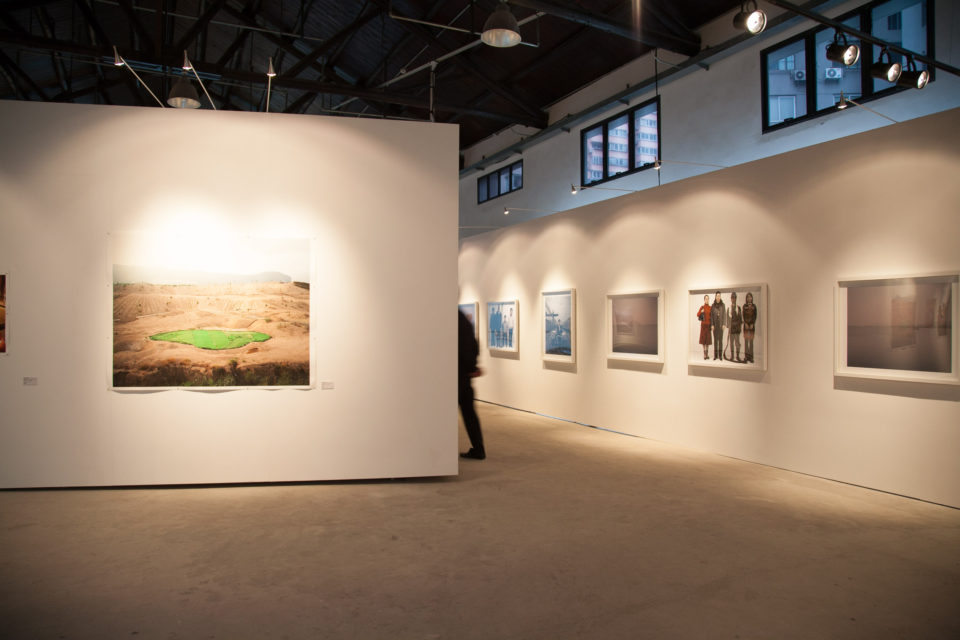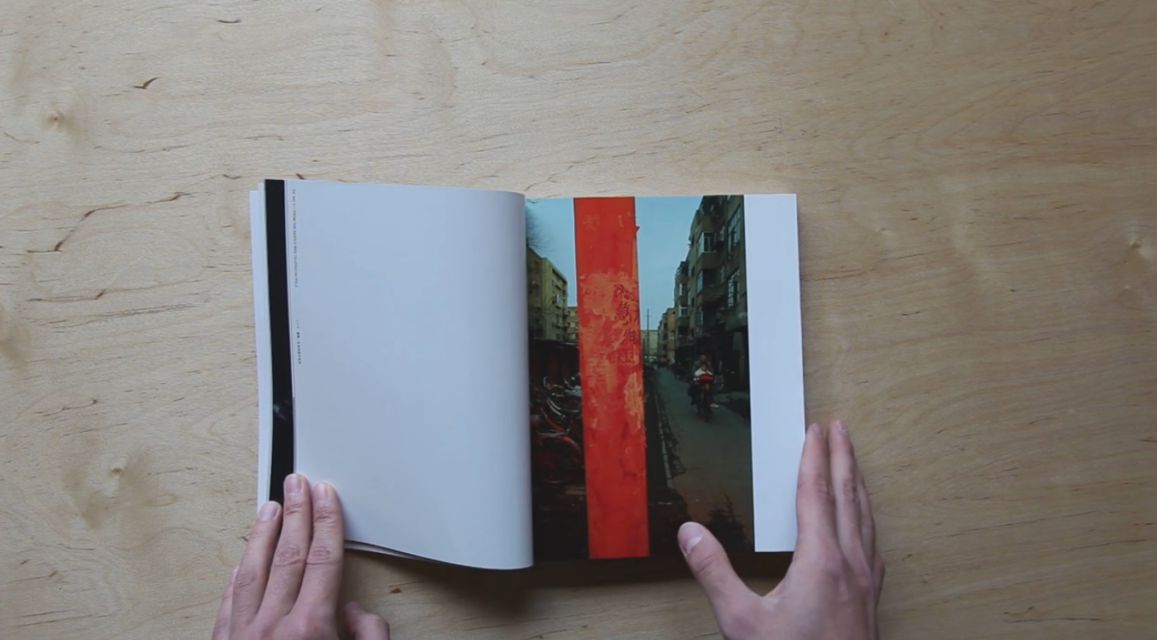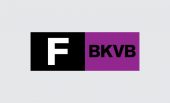WATW is short for We Are The World. The song (written by Lionel Ritchie and Michael Jackson) was originally written for a 1985 campaign against famine in Ethiopia, later hijacked for a multitude of other purposes, focusing on issues of solidarity as well as mutual responsibility. In the framework of this 2009/2010 travelling exhibition, a collaboration between the Three Shadows Photography Art Centre (Beijing, CN) and Paradox (Edam, NL), it is referring to the latter notion: common responsibility for the highly complex, culturally, economically and socially interrelated world we are living in.
We Are The World, curated by Stephanie Tung (Three Shadows) and Bas Vroege (Paradox) in collaboration with Tsai Meng (Guangdong Museum of Art) combines the work of Chinese and Dutch photographers and artists in a travelling show that can be defined as a montage of artistic, journalistic and scientific observations. The works are shown in an experimental, provocative combination with real-time projected statistics and newsfeeds.
The area covered by WATW is vast, ranging from economic growth, the environment, energy production, capital flows, migration, consumption, etc. Most important notion is that all these phenomena are linked and that we have a global, shared responsibility to cope with them. It is an understatement to call this a complex and highly problematic process. WATW has, of course, no answers to this nor does it even want to suggest it has. The world we share is a roller coaster that we have very limited control over.
Exhibition
The exhibition WATW looks at various aspects of our globalised, consumption driven world and combines the works of Chinese and Dutch photographers and artists in a travelling show. Participating artists are: Chen Xiao, Jin Jiangbo, Mo Yi, Song Chao, Xiong Wenyun, Zhao Liang, Zeng Han, Jacqueline Hassink, Theo Niekus, WassinkLundgren, Henk Wildschut, Frank van der Salm, Gerald van der Kaap and Ad van Denderen.
The works of the artists/photographers in the show have not been chosen to merely illustrate this idea. Taken separately, they express the artists’ personal concerns, passions and interests. Yet they also interact with one another as well as with the real-time quantitative data and newsfeeds projected on large billboards. These infographics translate the abstract data representing the economic, social and environmental processes taking place 24/7 into a seemingly concrete moving sculpture. Thus new meanings are generated, depending, of course, on the viewer’s own perceptions.
 Frank van der Salm (b. 1964) studied at Delft Polytechnic and the Willem de Kooning Academy (Rotterdam). He has worked on projects with architects such as O.M.A. (Rem Koolhaas), Herzog & de Meuron, and MVRDV. His work has been shown at the Venice Biennial, Haunch of Venison (Zurich, Switzerland) and the Stedelijk Museum (Schiedam, Netherlands).
Frank van der Salm (b. 1964) studied at Delft Polytechnic and the Willem de Kooning Academy (Rotterdam). He has worked on projects with architects such as O.M.A. (Rem Koolhaas), Herzog & de Meuron, and MVRDV. His work has been shown at the Venice Biennial, Haunch of Venison (Zurich, Switzerland) and the Stedelijk Museum (Schiedam, Netherlands).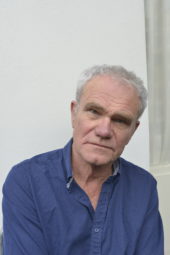 Ad van Denderen (1943, The Netherlands) has worked as a photographer for Vrij Nederland, Stern, NRC Handelsblad, GEO and The Independent magazine, among others. He has received a number of prestigious prizes for his work, including the Visa d’Or at the international photo festival Visa pour l’Image in Perpignan in 2001 and The Netherlands Foundation for Visual Arts’ (Fonds BKVB) oeuvre prize in 2007/2008. Go No Go, his book on migration in Europe, based on 13 years of work, was published by Actes Sud, Mets & Schilt, Lunwerg Editores, Edition Braus and Paradox in 2003. For the 2008 SteidlMack/Paradox publication So Blue So Blue, Van Denderen photographed the 17 countries around the Mediterranean Sea. Earlier publications include Peace in The Holy Land, a book about Palestine (1997) andWelkom in Suid-Afrika, about apartheid (1991). Ad van Denderen is a member of VU agency, Paris.
Ad van Denderen (1943, The Netherlands) has worked as a photographer for Vrij Nederland, Stern, NRC Handelsblad, GEO and The Independent magazine, among others. He has received a number of prestigious prizes for his work, including the Visa d’Or at the international photo festival Visa pour l’Image in Perpignan in 2001 and The Netherlands Foundation for Visual Arts’ (Fonds BKVB) oeuvre prize in 2007/2008. Go No Go, his book on migration in Europe, based on 13 years of work, was published by Actes Sud, Mets & Schilt, Lunwerg Editores, Edition Braus and Paradox in 2003. For the 2008 SteidlMack/Paradox publication So Blue So Blue, Van Denderen photographed the 17 countries around the Mediterranean Sea. Earlier publications include Peace in The Holy Land, a book about Palestine (1997) andWelkom in Suid-Afrika, about apartheid (1991). Ad van Denderen is a member of VU agency, Paris.